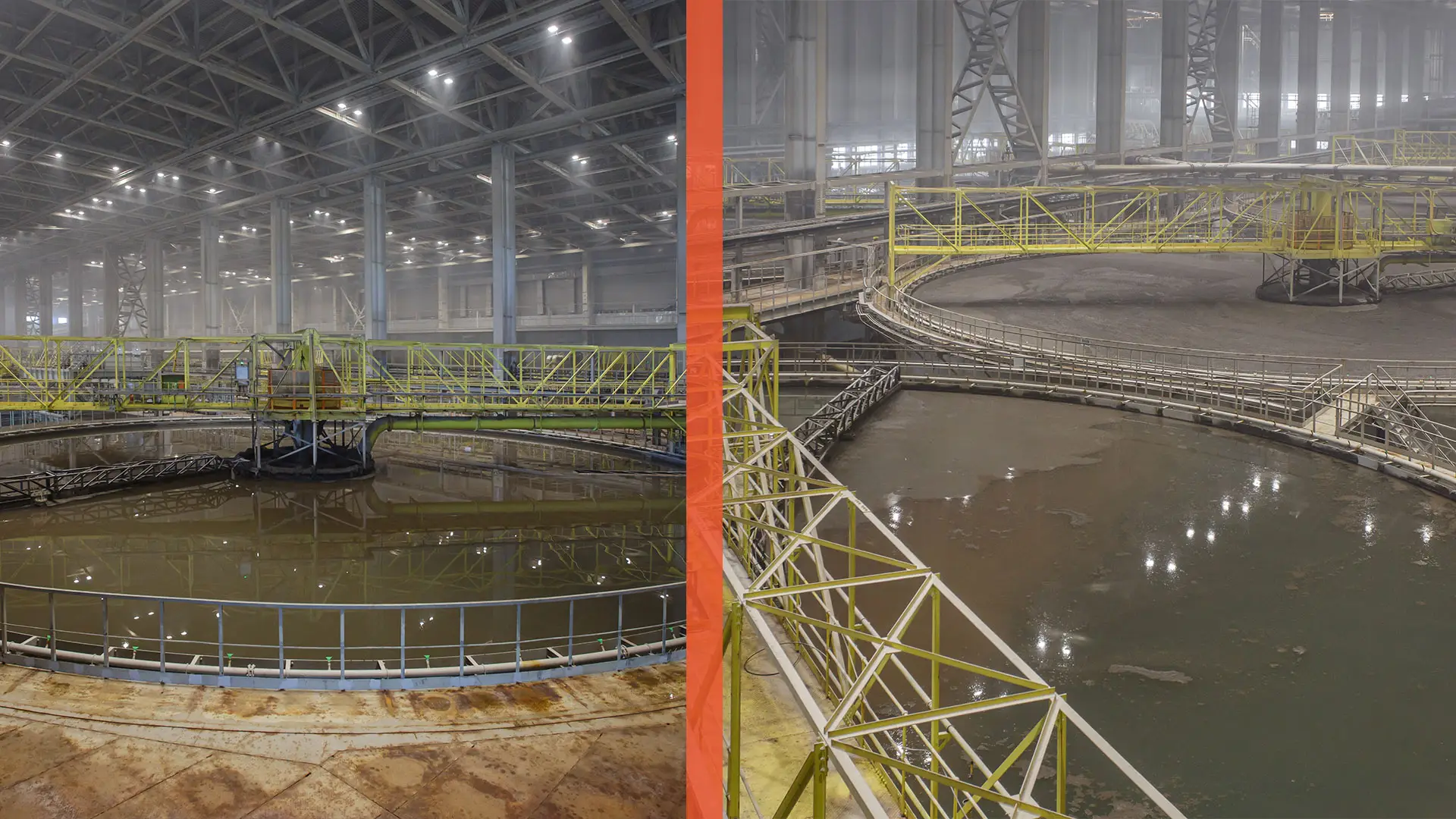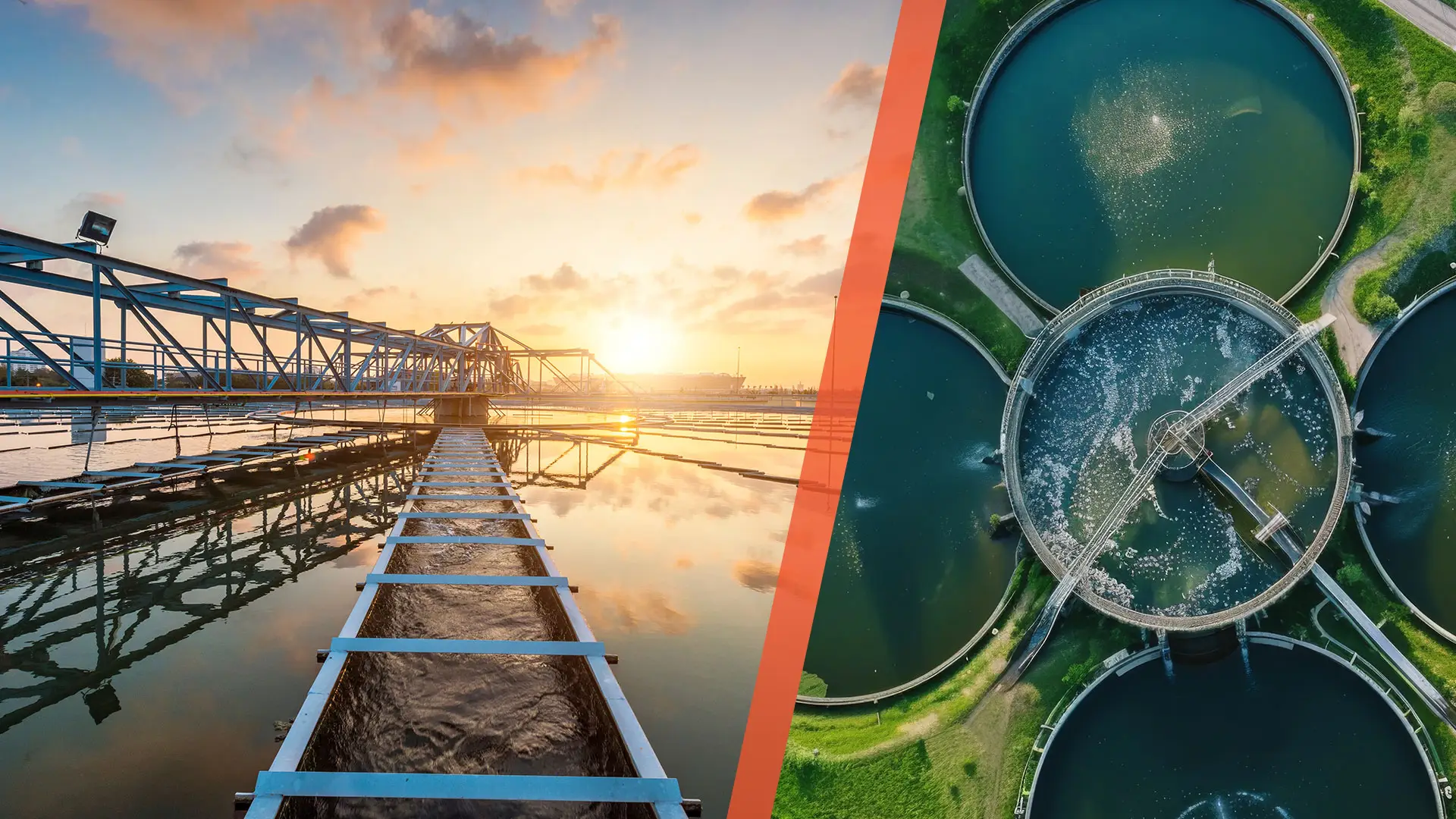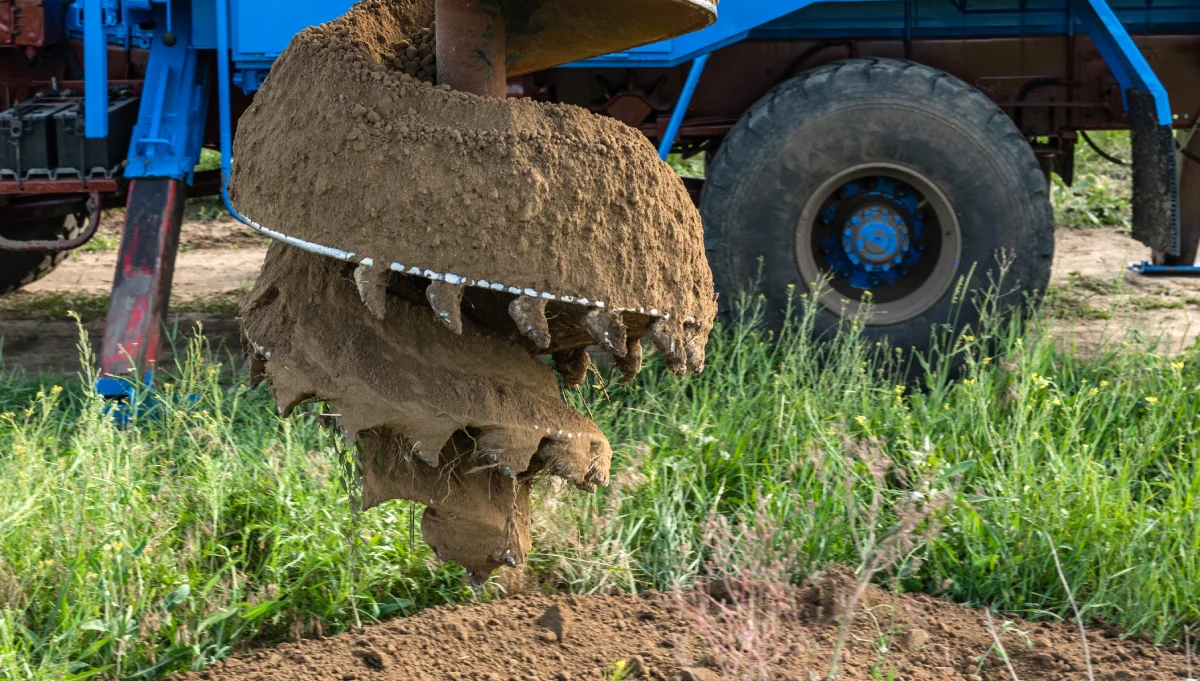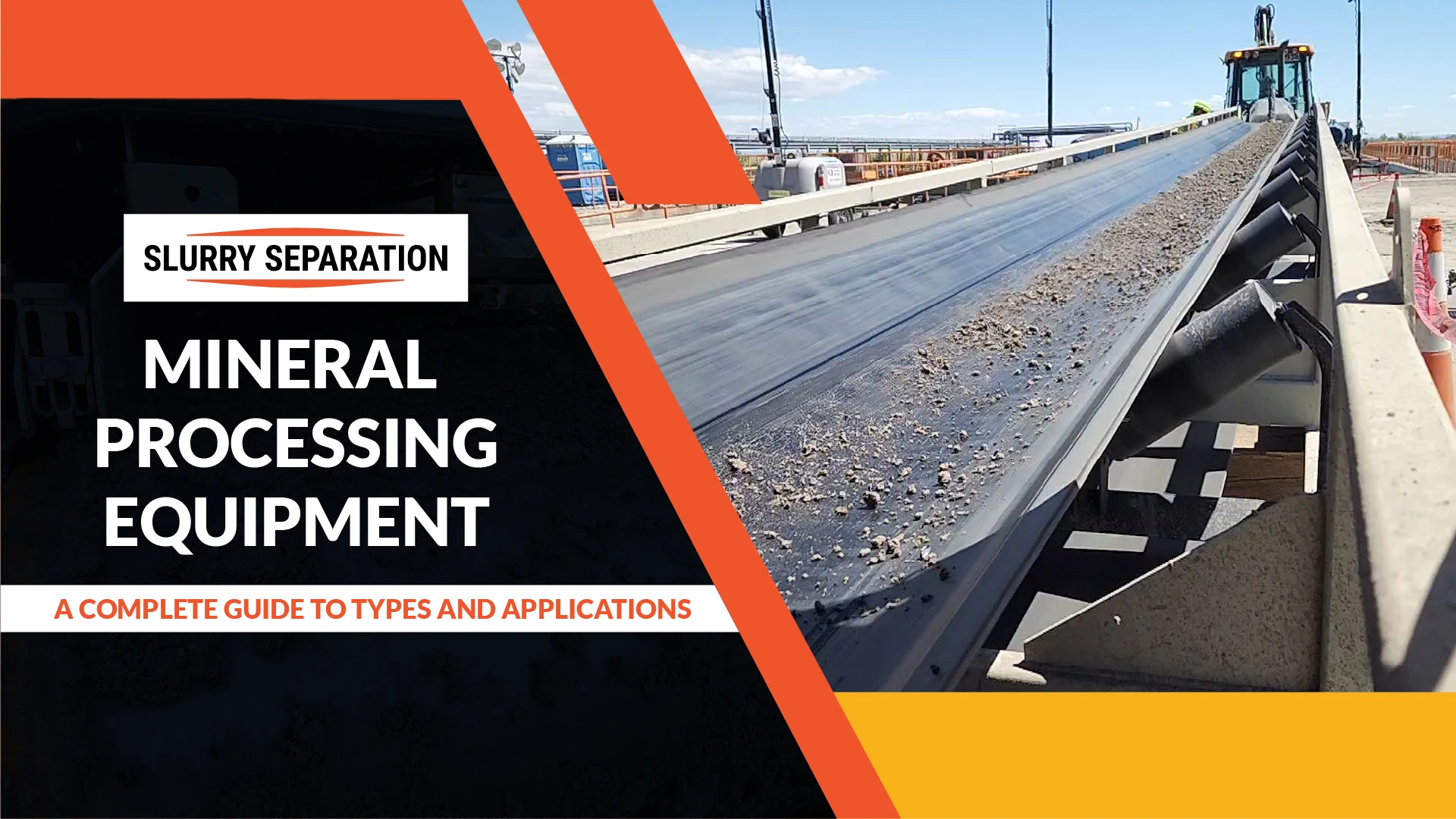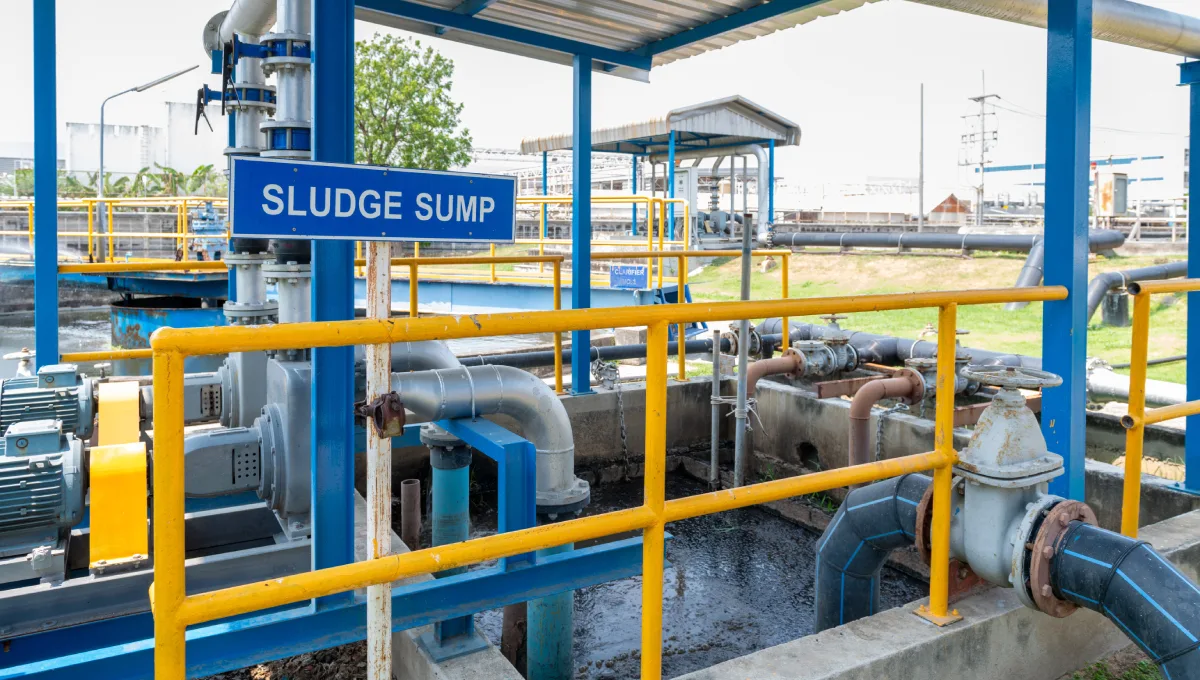- What Is Solid-Liquid Separation?
- Key Considerations in Choosing Solid-Liquid Separation Equipment
- Types of Solid-Liquid Separation Equipment
- Emerging Technologies in Solid-Liquid Separation
- Environmental Impact and Sustainability in Solid-Liquid Separation
- Industry-Specific Applications
- Advantages of Using the Right Separation Equipment
- Conclusion
Solid-liquid separation equipment plays a critical role in numerous industries, ensuring that solids and liquids are effectively separated for either reuse or proper disposal. From wastewater treatment to mining operations, as well as chemical manufacturing and processing industries where chemicals and chemical agents are used to facilitate separation, this process is vital for maintaining operational efficiency and adhering to environmental regulations. A well-designed liquid solids separator is essential in achieving these goals, particularly in handling complex mixtures.
Despite its importance, solids separation poses challenges such as handling fine particles, dealing with high flow rates, and ensuring cost-effective solutions. The variety of solid-liquid separation equipment and liquid solids separator options available helps efficiently address these challenges, each designed for specific applications and operational needs. This article explores the types of equipment, their key features, and their applications across industries, emphasizing the importance of effective solids separation strategies.
What Is Solid-Liquid Separation?
Solid-liquid separation refers to the process of isolating solids suspended in a liquid. The goal is either to purify the liquid, recover valuable solids, or both. It is achieved through various techniques, depending on the material composition, particle size, and desired outcome.
Efficient solids separation requires specialized equipment that ensures minimal waste, maximum recovery, and consistent performance. Industries such as wastewater treatment, mining, and chemical processing primarily rely on solid-liquid separation equipment to meet operational and regulatory demands. For instance, mining operations depend on this equipment to dewater slurries and recover valuable minerals, while wastewater treatment plants use liquid solids separators to clarify water and handle sludge.
Key Considerations in Choosing Solid-Liquid Separation Equipment
Selecting the right solid-liquid separation equipment involves understanding key operational requirements:
- Particle Size and Material Composition: Fine particles require different equipment than coarse ones. Similarly, the chemical properties of the material may influence equipment selection. It is important to conduct pre-process sampling to assess the condition of liquids before separation, ensuring the chosen solution is effective.
- Flow Rates: High-volume operations demand equipment capable of handling large flow rates without compromising efficiency.
- Cost-Effectiveness and Energy Efficiency: Equipment must balance initial costs, operational expenses, and energy consumption to ensure long-term feasibility. Pressure is a critical factor in filtration efficiency and can impact both operational costs and performance.
- Maintenance Requirements: To reduce downtime and optimize performance, it is essential to maintain equipment regularly and address issues such as clogging or wear promptly.
These factors guide industries in choosing the most suitable liquid solids separator or other equipment for their needs.
Types of Solid-Liquid Separation Equipment
A variety of solid-liquid separation equipment is available, each tailored for specific applications. Each type of equipment operates based on a specific principle of separation, targeting the efficient division of different phases present in a mixture. These systems are typically designed to separate two phases—the solid and liquid components—in industrial processes. Here is an overview of the most common types:
a. Gravity-Based Separators
Gravity-based separators use the natural settling of particles due to gravity.
- Examples: Clarifiers, sedimentation tanks (which act as separator tanks by containing solids and facilitating their separation from the liquid), and hydrocyclones.
- Applications: Frequently used in wastewater treatment, mining, and chemical manufacturing to separate dense particles from liquids, including separating solids from suspension.
- Advantages and Limitations: These systems are cost-effective and simple to operate but may need to perform better with fine particles or low-density materials. Gravity-based systems may also require the use of chemical agents to form larger particles for more effective separation.
b. Filtration Equipment
Filtration equipment uses a physical barrier, such as a filter medium, to separate solids from liquids.
- Examples: Filter presses, belt filters, and vacuum filters. Pumps and pump systems are commonly used to transfer liquids and slurries to these filtration devices.
- Applications: Found in industries like pharmaceuticals, food processing, and industrial dewatering, where contaminated water is often pumped into filter presses or belt filters for separation.
- Advantages and Limitations: Filtration equipment is highly effective for capturing fine particles but often requires regular maintenance and periodic replacement of filter media. Efficient discharge of separated solids or liquids from the filtration system is essential for streamlined operation.
c. Centrifugal Separators
Centrifugal separators rely on centrifugal force to separate solids from liquids.
- Examples: Decanter centrifuges and disc stack centrifuges.
- Applications: Common in oil and gas, dairy processing, and the treatment of slurry mixtures in industrial processes, where they separate suspended solids from liquids for dewatering and concentration.
- Advantages and Limitations: These systems can handle high-capacity flows and provide fast results, though they can be energy-intensive.
d. Membrane Separation Systems
Membrane systems use selective membranes to separate solids at a molecular level.
- Examples: Ultrafiltration, microfiltration, and reverse osmosis.
- Applications: Widely used in water purification, chemical processing, beverage production, and for producing treated water or effluent in industrial and municipal settings.
- Advantages and Limitations: They offer high precision but come with high costs and susceptibility to fouling, requiring regular cleaning.
e. Magnetic Separators
Magnetic separators leverage magnetic fields to separate magnetic solids from liquids.
- Examples: Magnetic drum separators and overbelt magnets.
- Applications: Often used in mining, recycling, and food industries.
- Advantages and Limitations: These systems are highly effective for magnetic materials but are limited to applications involving magnetic solids.
f. Flotation Equipment
Flotation equipment introduces air bubbles into the liquid, causing solids to attach and float to the surface.
- Examples: Dissolved air flotation (DAF) units.
- Applications: Ideal for removing oils and fine solids from wastewater.
- Advantages and Limitations: DAF units deliver high-clearance outputs but are less effective for dense solids.
Emerging Technologies in Solid-Liquid Separation
As industries demand more efficient and sustainable solutions, emerging technologies are transforming solid-liquid separation equipment:
- Advanced Filtration Materials: New filter media with higher durability and efficiency are improving performance.
- Self-Cleaning Systems: Equipment with automated cleaning features reduces downtime and maintenance efforts.
- IoT Integration: Smart sensors enable predictive maintenance and real-time monitoring, optimizing performance.
- Sustainable Solutions: Energy-efficient designs and materials promote eco-friendly operations, and implementing a comprehensive solution for industrial separation challenges ensures optimal results.
These innovations are shaping the future of solids separation, offering enhanced efficiency and lower environmental impact. These emerging technologies can be tailored for on-site implementation to optimize operations at the customer’s site.
Environmental Impact and Sustainability in Solid-Liquid Separation
Environmental impact and sustainability are increasingly important considerations in the selection and operation of solid-liquid separation equipment across a wide range of industries. Effective solid liquid separation not only supports compliance with environmental regulations but also plays a vital role in reducing liquid waste and promoting the responsible use of raw materials.
By implementing advanced solid separation techniques, industries can significantly lower disposal costs and minimize the environmental footprint associated with solids removal. Mechanical separation methods—such as those using centrifugal force or gravity—enable the efficient separation of solid particles from liquids, allowing valuable materials to be recovered and waste to be reduced. This is especially critical in water treatment and wastewater management, where the removal of contaminants and solid particles helps prevent water pollution and protects aquatic ecosystems.
Separation equipment like filter presses, separators, and centrifuges are designed to maximize separation efficiency while minimizing energy consumption. These systems help produce clean water, reduce the volume of liquid waste discharged into the environment, and support cost-effective operation. By choosing low maintenance operation equipment and automated systems, industries can further reduce the need for manual intervention, lower maintenance costs, and decrease the risk of accidental spills or environmental incidents.
Sustainable solid-liquid separation practices also help prevent the formation of larger particles and aggregates, which can complicate waste management and increase operational costs. By maintaining efficient solids removal and clean processing systems, companies can ensure that their industrial processes remain both environmentally responsible and economically viable.
Industry-Specific Applications
Different industries rely on solid-liquid separation equipment to address unique challenges:
- Mining: Separation equipment dewaters, slurries and extracts valuable minerals, including processing of sand such as frac sand and aggregate sand, enabling efficient processing and waste management.
- Wastewater Treatment: Clarifiers and centrifuges manage sludge dewatering and recycling, ensuring compliance with environmental regulations.
- Food and Beverage: Filtration and membrane systems clarify juices, process dairy, and ensure beverage purity.
- Pharmaceuticals: Liquid solids separators and sterile filtration systems separate active compounds, ensuring product safety and efficacy.
Each application demonstrates the adaptability of solid-liquid separation equipment to specific industrial needs. For personalized consultations or tailored separation solutions, contact our team today.
Advantages of Using the Right Separation Equipment
Investing in the right solid-liquid separation equipment brings numerous benefits:
- Improved Process Efficiency: High-quality separation typically enhances productivity and minimizes waste.
- Cost Reduction: Efficient equipment typically lowers energy consumption and maintenance expenses.
- Enhanced Product Quality: Effective separation typically results in better product consistency and compliance with industry standards.
These advantages highlight the importance of choosing the right solids separation technologies tailored to operational requirements.
Conclusion
Solid-liquid separation equipment is a cornerstone of modern industrial operations, ensuring efficiency, compliance, and sustainability. By understanding the different types of equipment and their applications, industries can select the most effective solutions for their needs.
As technology advances, innovative liquid solids separators and related systems are making separation processes more efficient, environmentally friendly, and cost-effective. Before investing in equipment, assessing operational needs and consulting experts can help businesses make informed decisions, leading to long-term success.


